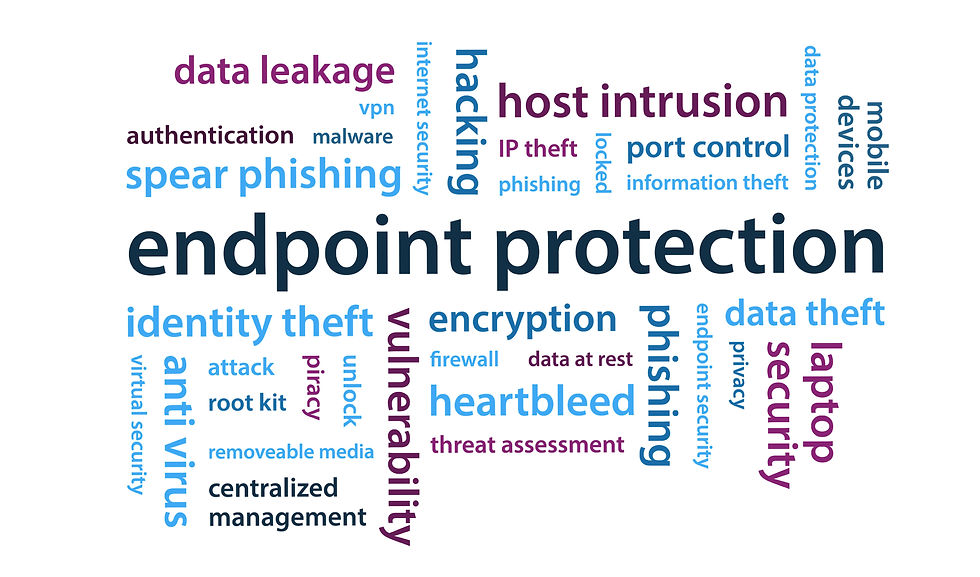The Rise of AI-Driven Cyber Threats & Defenses
- PAGO Networks

- Feb 15
- 2 min read
Updated: Feb 24
How AI is Changing Cybersecurity?
Artificial Intelligence (AI) is revolutionizing the cybersecurity landscape, but not just for defenders—cybercriminals are also harnessing AI to launch more sophisticated and devastating attacks. From AI-generated phishing emails to self-learning malware, the battle between threat actors and security professionals has never been more intense.

How Cybercriminals Are Using AI
AI-Powered Phishing
Cybercriminals are leveraging AI to create hyper-personalized phishing attacks. AI can analyze vast amounts of data to craft messages that closely mimic real communications, making them almost indistinguishable from legitimate emails. A recent study found that AI-generated phishing emails had a 30% higher success rate than traditional phishing attempts.
AI-Enhanced Malware
Traditional malware relies on static code, but AI-driven malware can adapt and modify itself in real time to evade detection. This new breed of malware can analyze security systems and alter its attack strategy accordingly.
Deepfake and Social Engineering Threats
With deepfake technology, attackers can generate realistic audio and video impersonations. This is particularly dangerous for business email compromise (BEC) attacks and political misinformation campaigns.
Real-World Case: In 2023, a deepfake video impersonating a corporate CEO led to a fraudulent wire transfer of $25 million.
Automated Hacking Tools
AI-driven tools can scan networks for vulnerabilities, crack passwords, and even execute sophisticated cyberattacks autonomously, making cybercrime more accessible to lower-skilled hackers.
How AI Is Strengthening Cyber Defenses
AI in Threat Detection
AI-driven security tools can analyze vast datasets in real time, detecting anomalies and identifying potential threats before they escalate.
Automated Incident Response
AI speeds up the incident response process by automating containment measures, minimizing damage, and reducing response time.
Predictive Analytics and Proactive Security
AI models can predict cyberattacks before they happen by recognizing behavioral patterns that indicate a potential breach.
Reducing the Cybersecurity Skills Gap
With the shortage of skilled cybersecurity professionals, AI helps by automating routine tasks and assisting human analysts with data-driven insights.
Challenges and Ethical Concerns
While AI enhances security, it also raises ethical questions and operational challenges:
The dual-use dilemma: AI is both a weapon and a defense mechanism.
Bias in AI security models: AI algorithms can inherit biases that impact decision-making.
AI-powered cyber warfare: The potential for nation-state AI-driven attacks raises concerns over global cybersecurity stability.
The Future of AI in Cybersecurity
AI-driven security solutions will continue evolving, integrating more predictive and automated defense mechanisms.
Global collaboration is needed to establish ethical AI regulations and standards.
Organizations must adopt AI-powered security solutions such as Managed-EDR and Managed-XDR to stay ahead of evolving threats.
AI is shaping the future of cybersecurity, both as a threat and as a defense. Businesses and individuals must stay informed and invest in AI-driven security solutions to protect themselves against emerging threats.
🔹 Next Steps: Secure your business with AI-powered cybersecurity solutions today. Contact us to learn how Managed-XDR and AI-driven threat detection can protect your organization.



